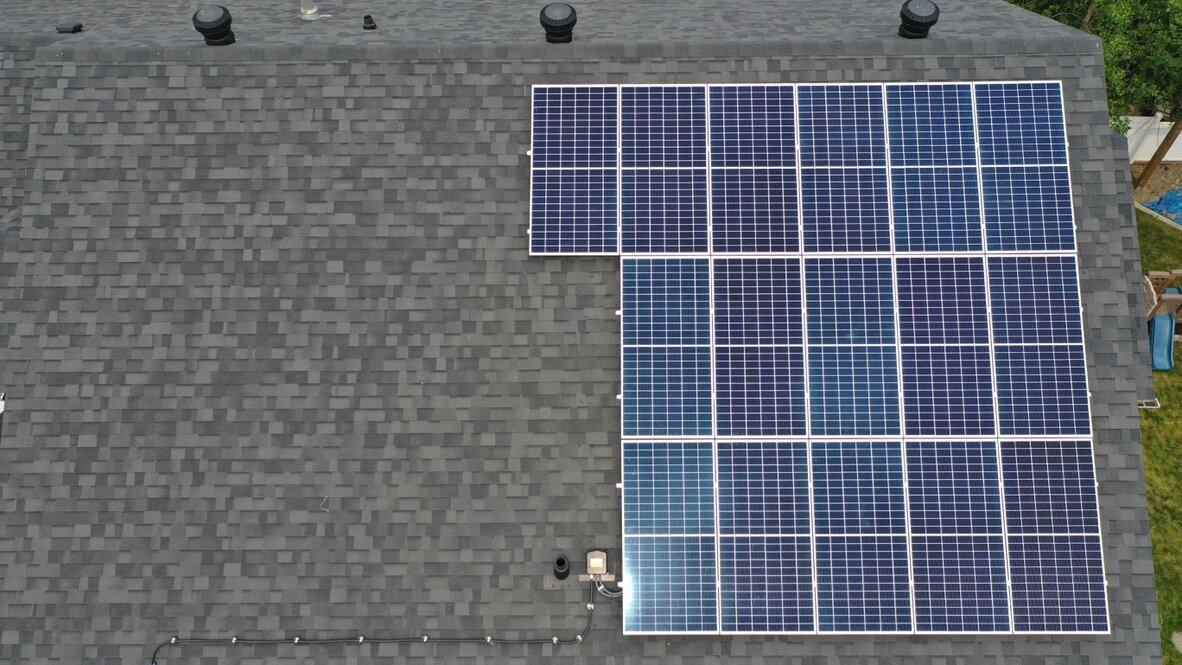My previous posts have covered fairly universal stuff about solar. This post however focuses in on Alberta.
System Sizing
Residential solar is classified in Alberta as Micro-generation, which applies to electrical generators sized below 5MW. Small micro-generators, which I have to imagine covers every single residential customer, are those smaller than 150KW.
In Alberta, the Micro-generation Regulation says that a micro-generation unit “is intended to meet all or a portion of the customer’s total annual energy consumption at the customer’s site”. This has the interesting result that the utilities limit the size of a system they’re willing to connect to the grid, such that no house is generating hugely more energy than it has historically consumed.
Some of the reasoning for this makes sense; utilities need to upgrade equipment to manage distributed generation if too much is occurring, but self-consumption helps limit the need here. However, I do find it’s a curious choice if micro-generation is intended to play a part in the decarbonization strategy of the province. You end up limiting the amount of capital a single homeowner can provide to the project of decarbonization, and in general make residential solar a bit more expensive (as cost per watt tends to drop as systems get bigger, as fixed costs are amortized across more generation).
My experience with solar provider quotes suggests that various regions within the province, and various contractors and providers have differing interpretations of this rule. We got proposals for systems that covered anywhere from 90-200% of our annual consumption. We ended up choosing the second largest system we were quoted.
Net Billing
Micro-generators in Alberta are compensated via a Net Billing model. Under Alberta’s Net Billing model, micro-generating consumers are credited the retail rate of electricity for their exports. This is a less financially lucrative model than Net Metering. The main reason being distribution and transmission fees.
In Alberta, in addition to paying your retail rate for electricity, you also pay for distribution and transmission of the electricity. These fees are often an appreciable fraction of your electricity cost (39% of the variable, per kWh, cost on my most recent bill when I wrote this post). As a result of this, if you export 1kWh to the grid, and then consume 1kWh later, you still pay the distribution and transmission costs. This is in contrast to Net Metering systems, where 1kWh produced earlier in the day cancels out 1kWh consumed later in the day, making it more lucrative to be a micro-generator under a net-metering system.
It’s worth noting the phrasing of the net billing: you are reimbursed your retail rate. This has lead to some electricity providers to create interesting incentive programs for micro-generators, like the Solar Club. These programs allow micro-generating customers to switch between two rates with little effort: A winter, or ‘import’ rate, which is relatively low, and a summer ‘export’ rate, which is often 3-4x as high as the import rate. The idea being that during the summer, you accumulate a lot more bill credit, which you then consume during the winter.
This kind of program is made possible through the various ways electricity companies are able compensated for carbon-free generation; they’re passing on the profit they can make from renewable energy certificates and the like.
PACE Financing
One of the interesting ways in which climate change is altering the world is finance. Saul Griffith has argued before that financial innovations will be key to meeting our climate change ambitions. An interesting up and coming development is PACE financing, where PACE is “Property Assessed Clean Energy”. Basically, PACE financing associates a loan with your property, not you. As a result, when you sell the property, the obligation on the loan goes to the new owners, not you. These loans are paid through the already existing property tax system.
PACE, or PACE-like financing is a valuable innovation because it encourages spending money on retrofits to houses that will last long past a single owner. For example, a solar array’s expected lifespan is ~25 years. The ability to amortize the cost of said array across 25 years without worrying about what happens when you sell your house is really valuable to encourage investment in energy efficiency and micro-generation.
Provincially, Alberta has legislation to support the creation of PACE like financing programs in 2019, however as far as I know, no municipality yet has a program up and running. The City of Edmonton is in the late stages with the Clean Energy Improvement Program (CEIP), but at this time the program isn’t yet up and running.
Since I used to live in Toronto, I will note that Toronto has a PACE-like financing system through their Home Energy Loan Program – City of Toronto, which through cursory inspection looks awesome.

